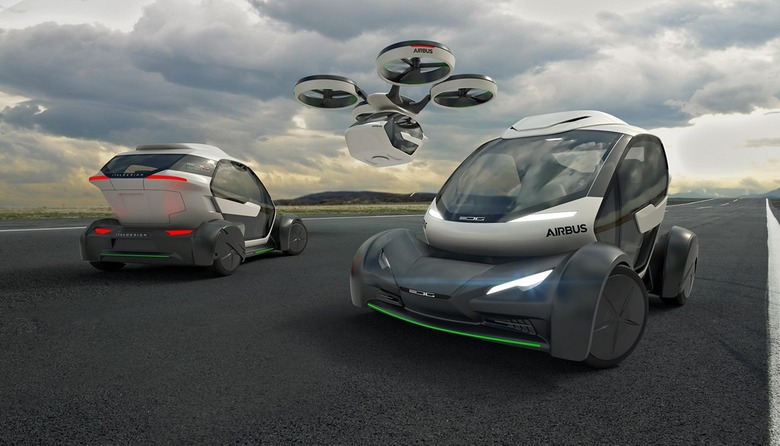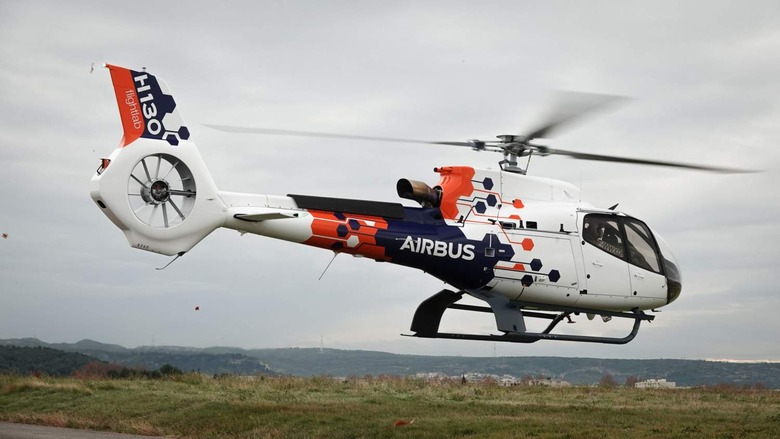Airbus taps Luminar LIDAR for its autonomous aircraft's eyes
LIDAR manufacturer Luminar has inked a new deal with Airbus, to provide its laser scanners for Airbus UpNext's next-generation aircraft. The agreement could see Luminar sensors featuring on future VTOL (Vertical Takeoff and Landing) aircraft, as Airbus explores potential routes to autonomous flight and pilotless airtaxis.
Airbus started UpNext to focus on future technologies around flying, "at speeds well beyond what seems feasible today." Effectively a combination R&D and skunkworks division, it's exploring everything from VTOL to "wake-energy retrieval," where aircraft would fly in patterns inspired by migrating geese to improve efficiency and cut down on fuel consumption.
Luminar's technology will be integrated into future autonomous aircraft, using the same approach as we've seen LIDAR already implemented into driverless car prototypes. LIDAR works by bouncing millions of laser light pulses off the environment, then measuring the time each takes to return. That data can be assembled into a 3D point cloud, a virtual map of the surrounding world. Automakers like Volvo plan to use Luminar's LIDAR sensors for advanced driver-assistance systems, another step down the line to vehicles that can completely drive themselves.

"The primary goal of the platform is to increase aircraft safety and ultimately enable autonomous operation with automatic obstacle detection," Luminar explains of the Airbus project. "It is key in enabling future aviation technologies including autonomous urban air mobility (UAM) transport modes because it serves as a central basis for safe takeoff, landing, and in-flight decision making. It also has the potential to substantially improve the safety of existing aircraft applications."
First, it'll be included in Airbus Vertex, the plane-maker's autonomous helicopter project. That will combine LIDAR with vision-based sensors, new algorithms for obstacle detection and situational awareness, and fly-by-wire for an enhanced auto-pilot. It'll also debut a new human-machine-interface, with Airbus combining a touchscreen with a head-worn display for inflight monitoring and control.

By 2023, Airbus says, it expects to be able to demonstrate how all of that works in practice. The Vertex helicopter should by then be able to manage both navigation and route preparation, perform automatic take-off, follow a predefined flight path, and then autonomously land at the end of the journey. "Airbus' Urban Air Mobility will also benefit from this technology," the company says, "as an essential stepping stone towards autonomous flight."
Down the line that may mean self-flying VTOL, electric VTOL and helicopters. However Airbus also plans to use the developments to improve on safety and convenience systems in its existing range.
